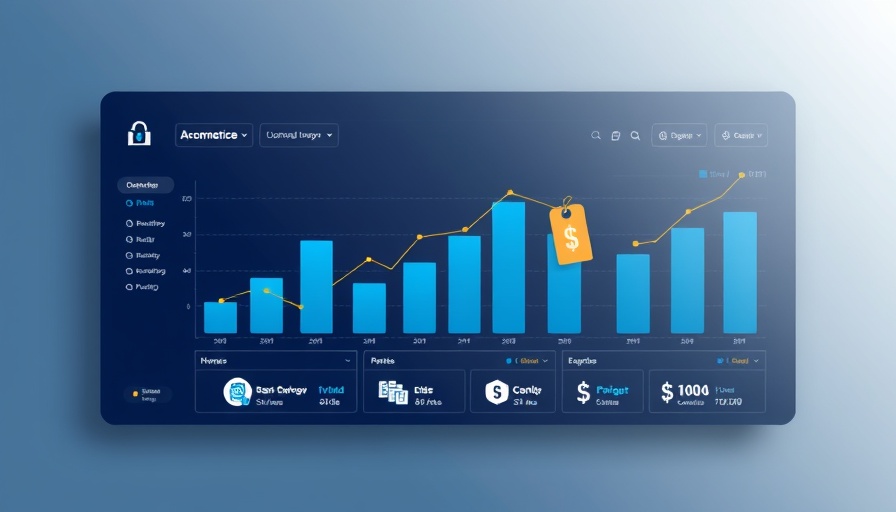
SEO Keyword: Understanding Google Merchant Center Changes
As online selling continues to evolve, Google Merchant Center is redefining the way sellers must navigate their product listings. New updates that roll out in phases, starting from April 8 and sharpening on July 1, emphasize a clearer structure for installment payment options, updated energy labels, and a simplification of tax information reports for US merchants.
Key Changes in Google Merchant Center
- What You Need to Know
The updates include major adjustments that sellers must incorporate into their strategies:
- Installment Pricing: Starting April 8, Google requires sellers to pivot from the standard [price] attribute, which can no longer reflect deposits. Instead, they must specify a [downpayment] attribute within the [installment] attribute. This not only clarifies the payment process for buyers but also aligns payment transparency with new market demands.
- Energy Labels: For businesses operating in EU countries, energy efficiency reporting is also undergoing a transformation. The old energy attributes will be replaced by a single [certification] attribute, allowing sellers to display both new and legacy energy labels effectively. This change not only meets evolving regulations but reinforces trust and compliance with environmentally-conscious consumers.
- Delivery Details Enhancements: Sellers can now add specific delivery options directly to their product listings. New attributes such as [carrier_shipping] allow merchants to convey more precise information about delivery times, improving user experience and potentially boosting conversion rates.
Upcoming Changes: A Look Ahead to July 1
Alongside immediate updates, Google has flagged new policies set to roll out by July 1, aiming to streamline operations for sellers further, particularly in the USA:
- Member Pricing Adjustments: Moving forward, disallowing member pricing within regular price or sale price fields will demand sellers to use the [loyalty_program] attribute. This shift is critical for those with loyalty initiatives, ensuring that discounts are reported correctly and sustainably.
- No More US Sales Tax Information Required: Perhaps the most significant change for US sellers is the cessation of the requirement to submit sales tax information. This liberates sellers from cumbersome reporting processes, allowing products that may have previously faced disapprovals to be included more readily in results.
The Implications of These Changes for Online Sellers
For online sellers, navigating these new rules will be essential for maintaining product visibility and profitability on one of the largest search engines globally. If sellers implement these changes effectively, they can take advantage of improved functionality, reduced operational friction, and, ultimately, a better experience for their customers.
Moving forward, the immediate course of action for sellers includes:
- Reviewing and updating product feeds to ensure compliance with new attributes.
- Shifting to the new structure for installment pricing and energy labels immediately.
- Proactively preparing to revise loyalty program indications before the July deadline.
Stay Ahead in Digital Marketing
By adapting rapidly to these changes, online merchants not only comply with Google’s standards but also enhance their operational efficiency. It is imperative for sellers to remain agile in their approach to e-commerce strategies, ensuring they stay not just competitive but also relevant in a fast-paced digital marketplace. Looking to optimize your online presence further? Start integrating these updates today and embrace the evolving landscape of e-commerce!
 Add Row
Add Row  Add
Add 

 Add Row
Add Row  Add Element
Add Element 




Write A Comment